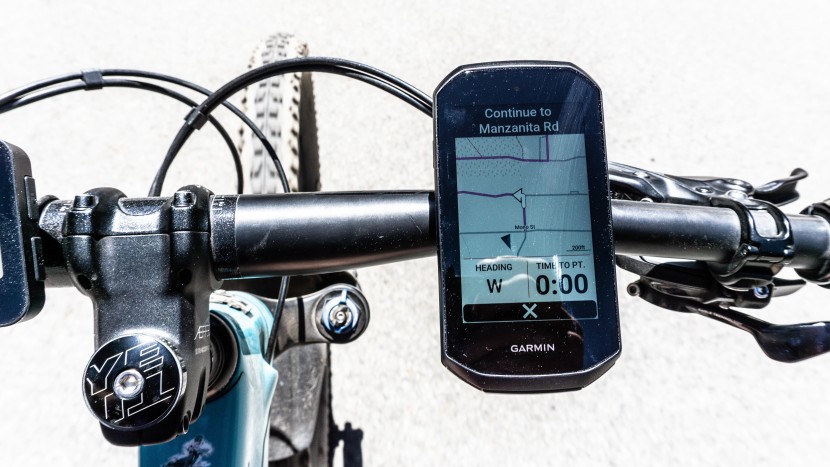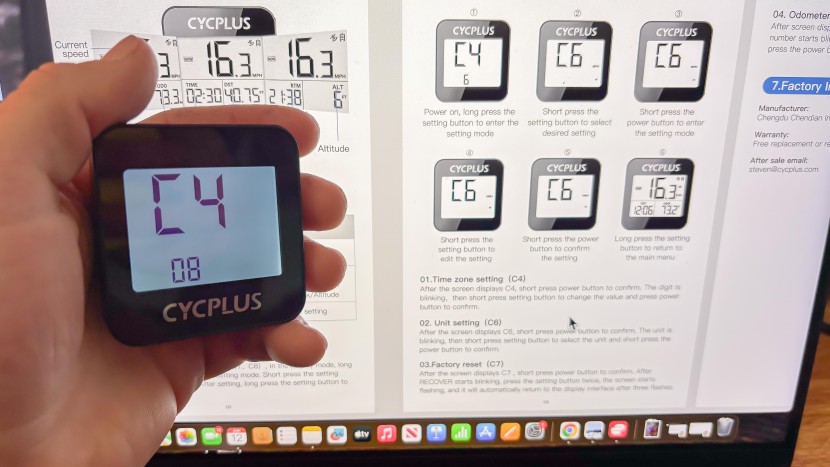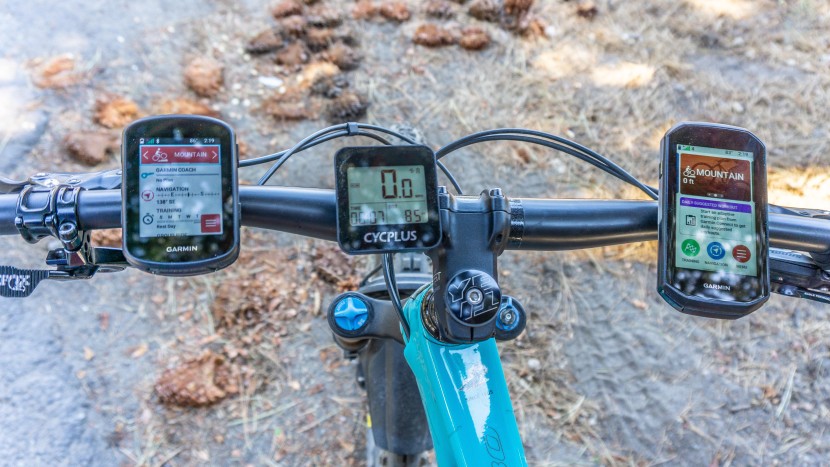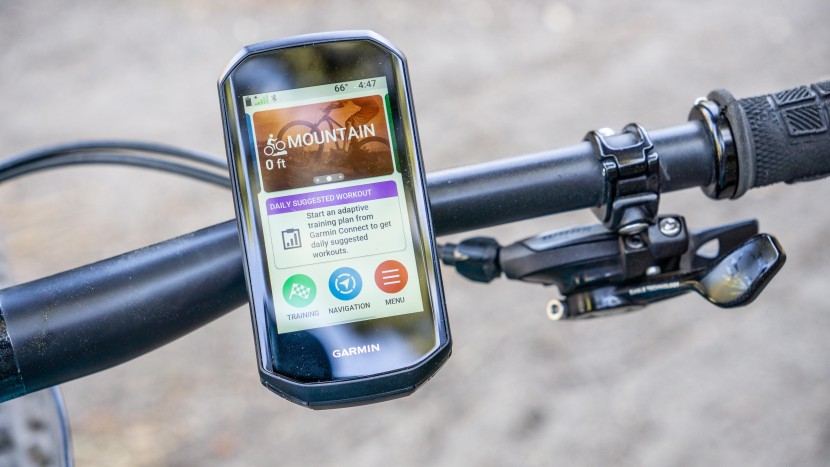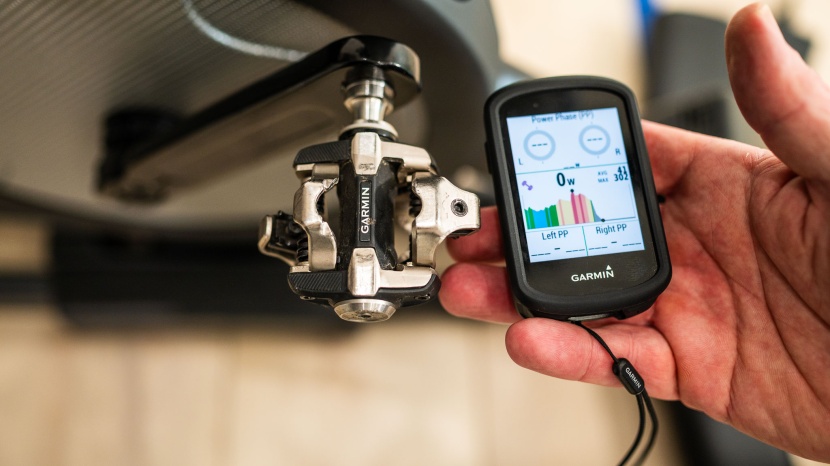How We Tested Bike Computers
At GearLab, we take pride in our hands-on testing. To evaluate bike computers, we utilize a healthy blend of ride-focused examination as well as objective side-by-side testing and measurement in the lab. We focus on 4 metrics to make sure our findings are as helpful and relatable as possible. To get to our bottom-line score for these products, we rate on ease of use, ease of setup, features, and versatility. We collectively logged hundreds of miles on our bikes in the name of testing.
Ease of Use
We put each bike computer through a series of real-world scenarios to see how intuitive and user-friendly each model is. We started by evaluating how simple it is to charge the device and how long the battery lasts under typical riding conditions. Next, we assess the user interface, paying close attention to menu layouts, button placement, and touchscreen responsiveness. An interface that seems simple at home can unexpectedly become frustrating on the trail or road, so our testing team takes each model for several rides to unearth any interface issues.
Startup speed is another key factor, as we time how long each device took to power on and be ready for each ride. We navigate through screens and menus to judge how easily we could access important features and data fields, and we test the process of uploading ride data to popular online platforms, noting any unnecessary steps or complications. Smartphone app integration and wireless connectivity are also scrutinized, as seamless syncing and setup can make a big difference in day-to-day use. Throughout our testing, we have found that a clear, logical interface and straightforward navigation have the greatest impact on overall user satisfaction, often outweighing even advanced features or specs. Each product's performance in these areas is carefully documented to provide a comprehensive picture of its real-world usability.
Ease of Setup
How easy it is to get a bike computer up and running out of the box can vary wildly between models. We first test this metric by recording the time it takes for us to get up and running, from unboxing to pedalling. For the first ride, we only get the essentials configured so that our examination is standardized across high-end and basic models alike. For bike computers with additional features, we also look at the time required to set up more advanced features for our next ride. Our team also investigates the ease of connecting sensors and smartphones to each device.
Features
Many bike computers offer an impressive list of features. To test and score this metric, our review team takes a hard look at the number of features each option offers, and then, we use those features several times to make sure they're actually helpful. Models that score the highest offer an extensive number of handy features that don't require heavy reading of an instruction manual (although reading the manual never hurts). Bare bones options are not out for the count on this one either; they can earn a better score if they offer key essentials that are quick and easy to use, even if they don't have as many techy features.
Versatility
Lastly, we examine each model's ability to be used across multiple seasons and for different ride types. We score on size and weight, as well as real-world testing across a variety of conditions, from summer road cycling to winter fat biking. Top models are usually equally at home on the handlebars of a gravel bike, mountain bike, or road cycle. While the importance of weight greatly depends on the cyclist, we generally prefer smaller and lighter models, even if it comes at the expense of a smaller screen size.


